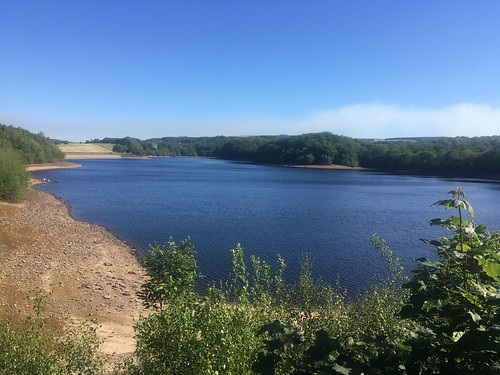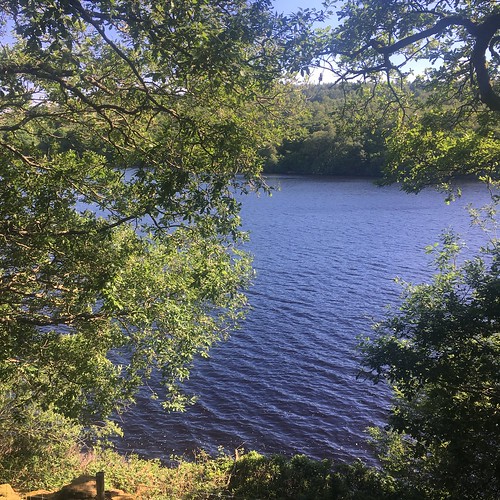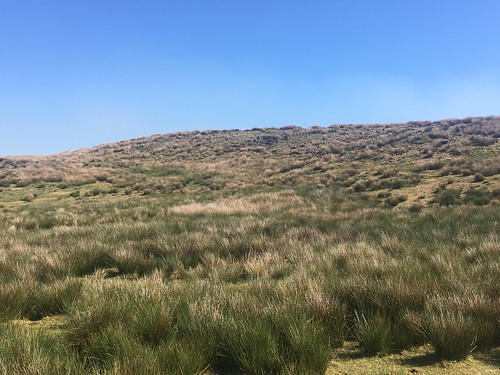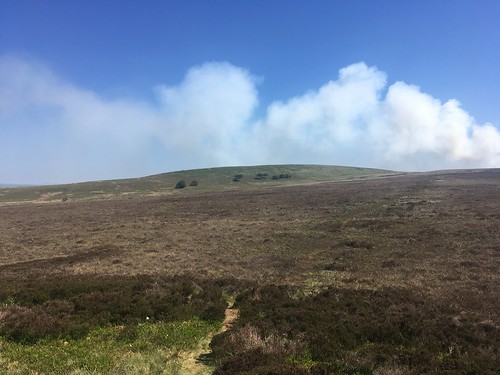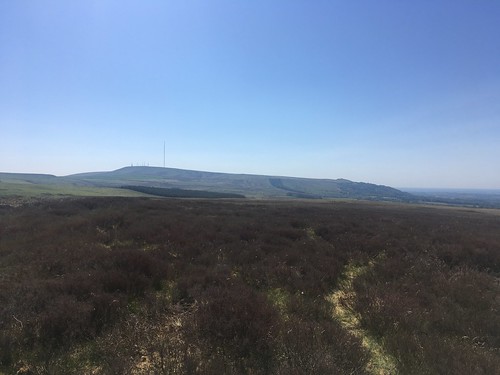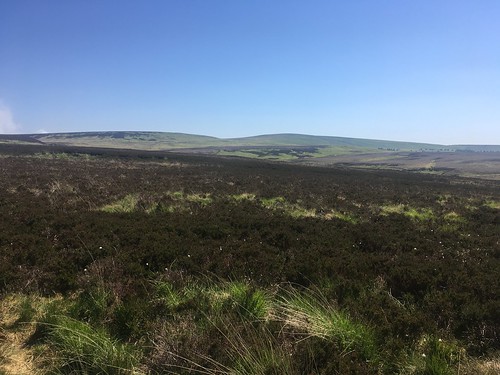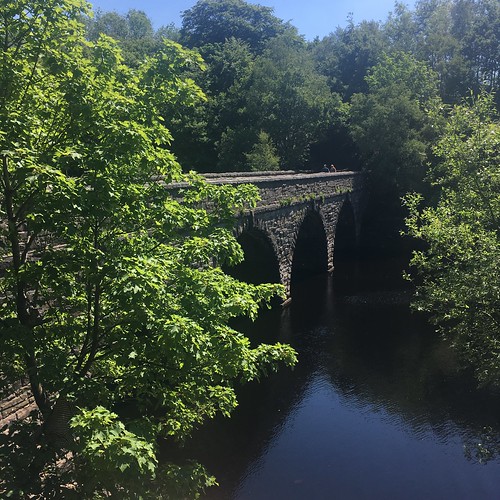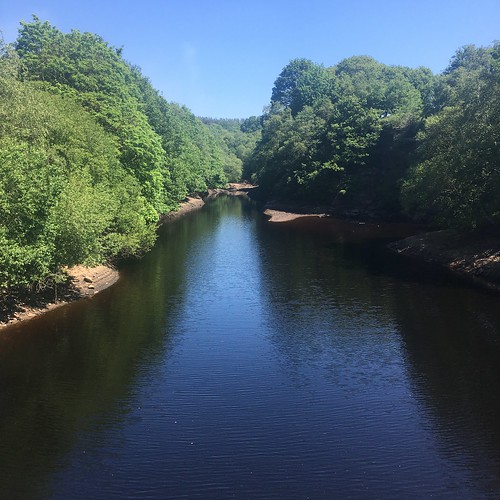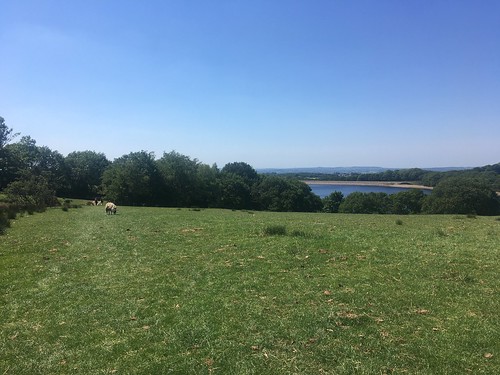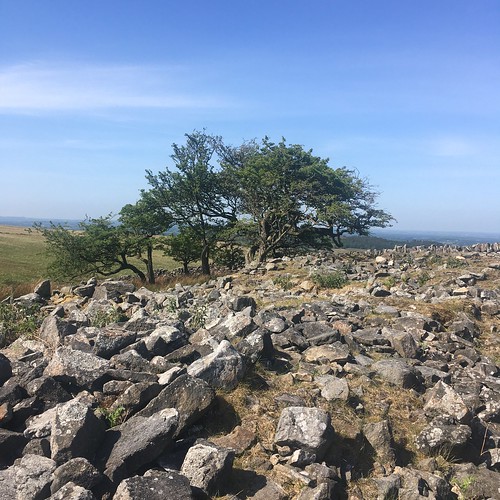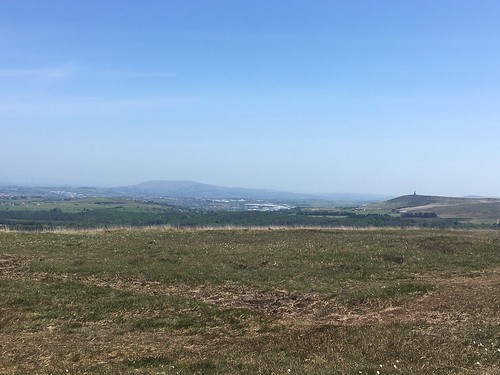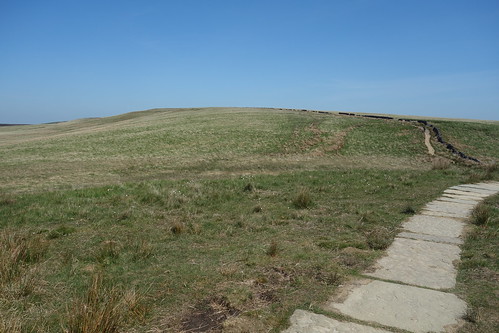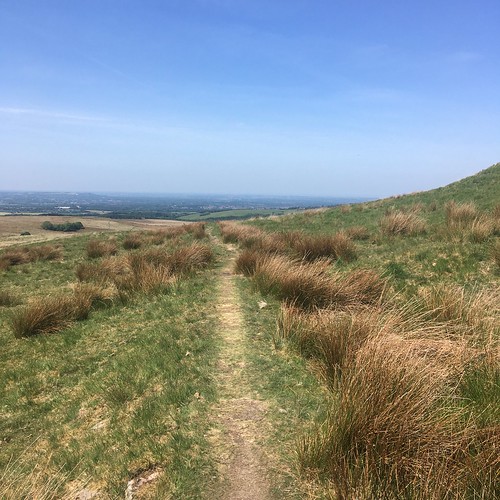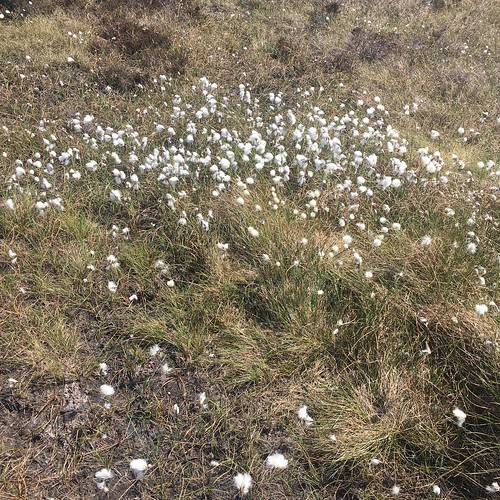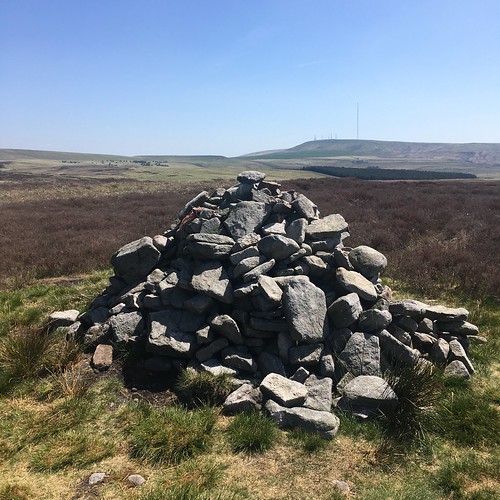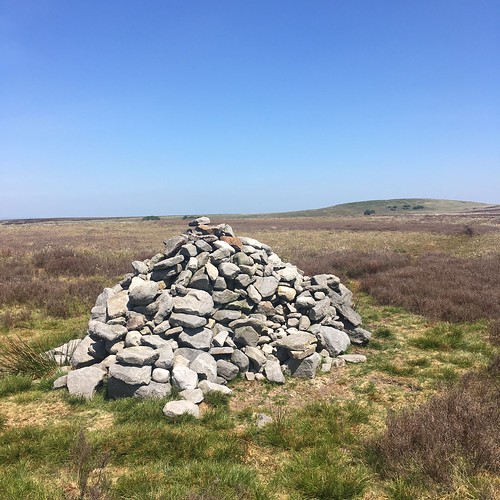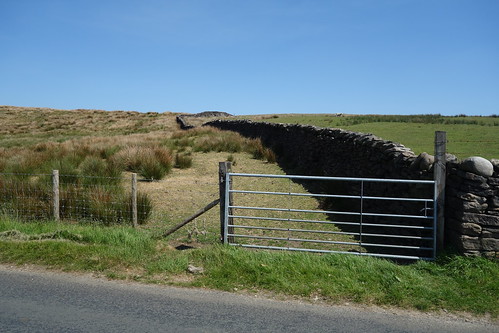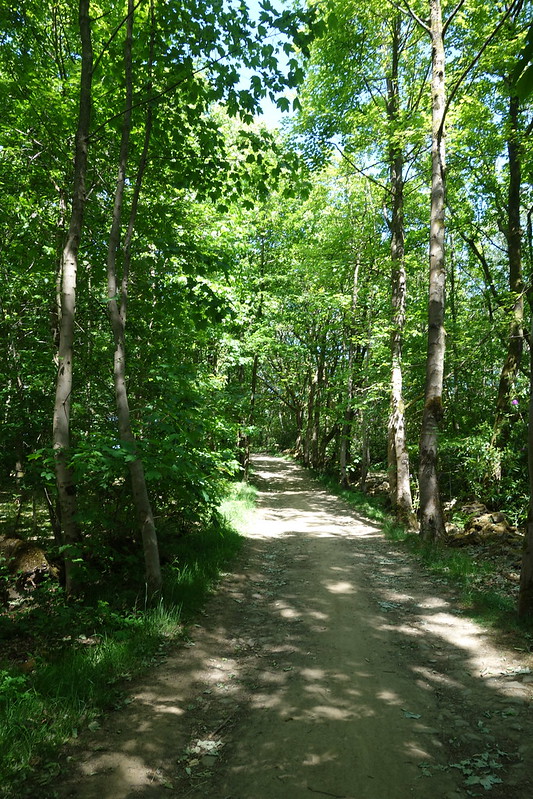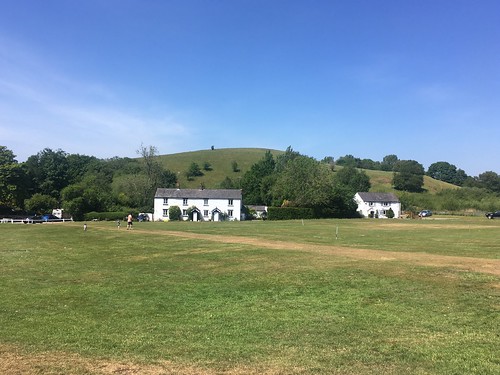The last Sunday in May was another hot and sunny day so I decided I should make the most of it and get back up the moors before the rains arrived and turned the currently dry blanket bogs back into a quagmire!
I decided I’d park up n the outskirts of Rivington and then walk round the Upper Rivington and Anglezarke reservoirs before heading up on to the moors. I set out early but when I arrived at my intended destination the car parks were all pretty full even at 9 o’clock in the morning. I parked up on the dam separating the two Rivington reservoirs and set up along the path on the west shore. It was very busy with cyclists, runners and dog walkers, none of whom seemed to think it was necessary to move over to keep 2 metres apart. I was glad when I reached Anglezarke reservoir. It was considerably quieter walking along the shore.
At the top end of the reservoir by Healey Nab I walked along the minor road across the top end of the reservoir and then took the path along the eastern shore.
About a third of the way along the lake I took the path up the hill towards the moors. Past the old farmhouse
A short walk along Moor Road and then I climbed over the stile onto the moor.
As I climbed higher I could see cloud in the sky over in the east beyond Great Hill. That wasn’t forecast.
As I got closer I realised that it was, in fact, a cloud of smoke. The barbecue brigade had been out and set fire to the peat over on Darwen Moor.
The moorland up here is a classic “Blanket Bog” of peat covered by sphagnum moss, heather, bilberry and cottongrass. With the recent long sunny dry spell the peat has dried out and it doesn’t take much to set it alight leading to the sort of highly damaging fires we witnessed a couple of years ago up on Winter Hill.
The fire did, indeed, appear to have been started by a disposable barbecue. It’s incredible to think that people are stupid enough to think that it’s appropriate to use these things up on the dry moorland. Luckily the local fire brigades managed to get the fire under control so it didn’t spread too far. There’s been a fire the day before up on Winter Hill and Rivington Pike. again the Fire Service managed to put it out before it spread too far.
Anyway, carrying on along the moor I walked over Hurst Hill and on to Round Loaf, believed to be a Neolithic or Bronze Age bowl barrow or burial mound – the first of three prehistoric sites I’d visit during my walk.
From Round Loaf I headed south over the Moor, crossing over Devil’s Ditch which is thought to be the remains of a Neolithic boundary
Looking back over the moor to Round Loaf
and across to Redmond and Spitlers’ Edges
reaching Lead Mine’s Clough, rather than walk down besides the brook I took the past heading east back up onto the moorland
and made my way towards Pike Stones, the third Prehistoric site up on Anglezarke
The site comprises a collection of stones that used to be a Neolithic burial mound. There are several large slabs of millstone grit which at one time would have stood upright to form a burial chamber. Its a scheduled Ancient Monument
The stones themselves don’t look much, but it doesn’t take too much imagination to picture what they looked like when they were upright. Originally they would have been covered over with earth to form a mound and the stones themselves wouldn’t have been visible. However, the mound must have been a fairly impressive sight when it was standing, especially given the prominent location on a high ridge overlooking the South Lancashire Plain.
From Pikestones I set off towards Jepson’s gate
then cut back east along the track
then took the path south across the fields
towards Yarrow Reservoir
Reaching the road, I crossed over Allance Bridge
and took the path through the fields on the east side of the reservoir
passing a few locals
It had quiet for most of my walk – I’d seen few people – but reaching the track at the end of Yarrow Reservoir it became very busy. There were groups of people, many who didn’t seem to be concerned about maintaining “social distancing”. I was glad to finally get back into my car.
Overall it had been an enjoyable walk, but I’d learned a lesson. keep away from Rivington on a fine day
